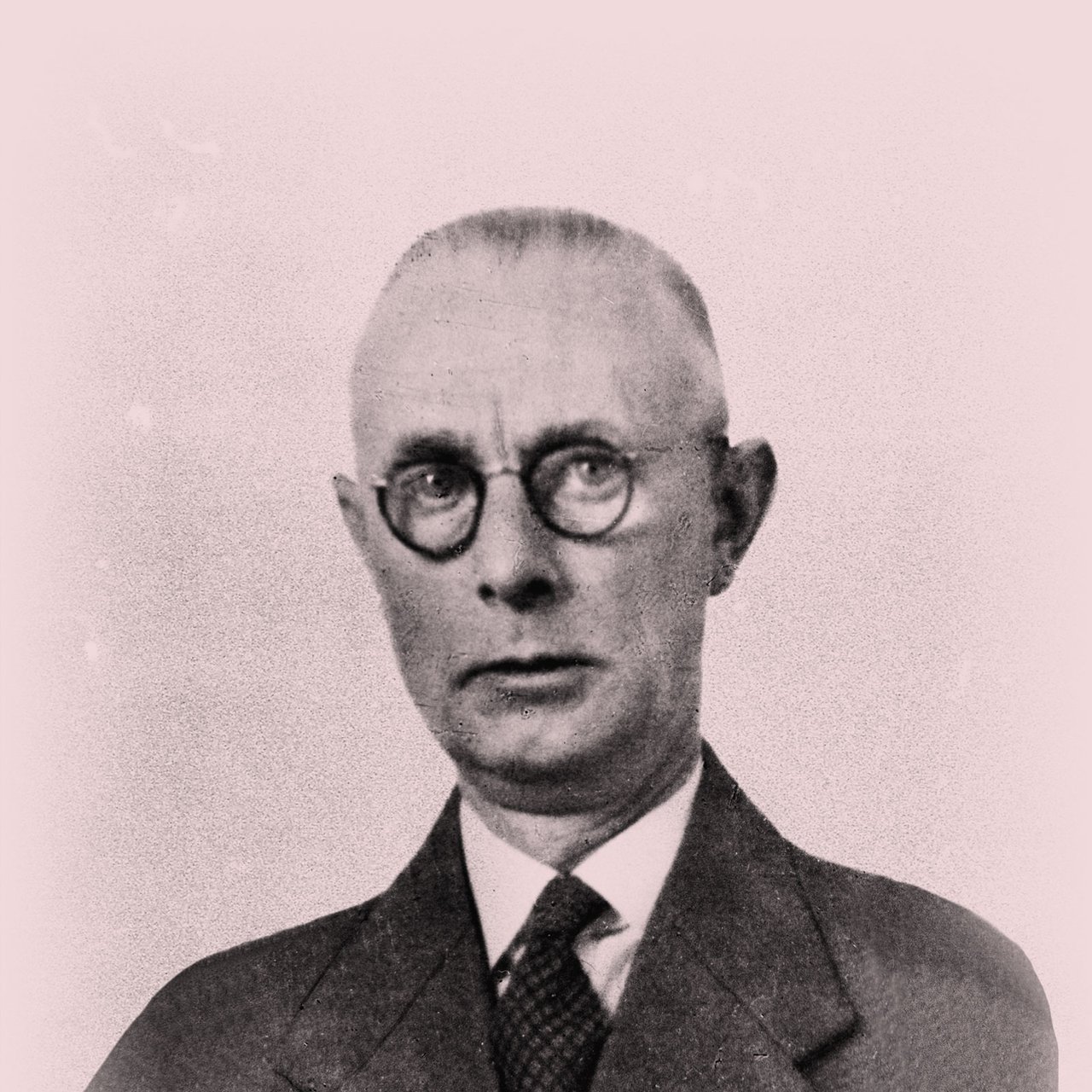In the early 1920s, Johannes Kleiman got to know Otto Frank when Otto was setting up a branch of his family's bank in Amsterdam. Johannes was the deputy manager of that branch, he had power of attorney to make decisions, even though he was not a managing director or owner.
The bank branch did not survive, and Otto and Johannes lost touch, until Otto and his family moved to the Netherlands in 1933, where he established the Opekta company.
